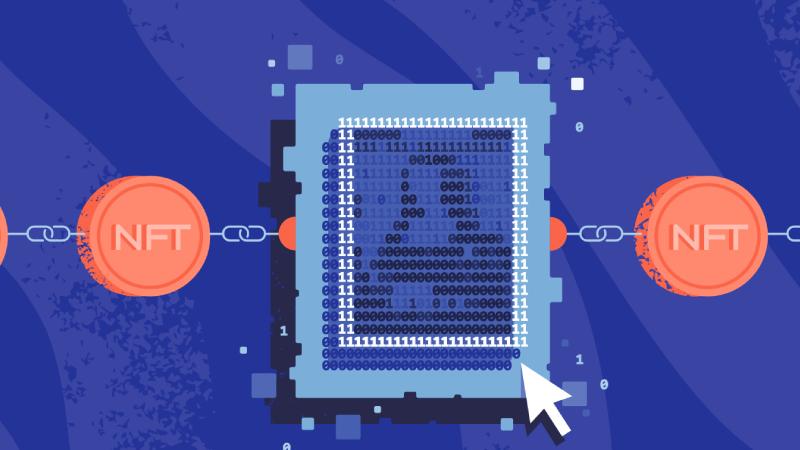
Areas where NFT is used
NFT, or Non-Fungible Token, can be defined as a unique digital asset that contains an image, audio file, video, or proof of the digital equivalent of a physical asset. NFTs, which were launched in 2017 with Ethereum, became one of the most popular topics in the crypto money world in 2021.
What Are the Most Common NFT Uses?
The main reason why NFTs are so valuable and able to hold up so well in the crypto community is that they have a unique and unreplicable technology. Today, they are unique and in-kind works. NFT technology continues to advance irrepressibly, breaking new ground in the world of cryptocurrency. However, even though it is possible to see NFT technology in every field in the blockchain network, the most common areas of use are currently in order of popularity;
Art NFTs take their first place in the ranking. Art NFTs can be fake works of art in the real world, but in digital art it is often possible to determine whether the works are original or not. Because works are made with a network system based on block chain technology. The value of NFTs does not depend only on the work of art itself. Sometimes it is more important to prove the ownership of this work. This is what has made the art of crypto one of the most popular NFT use cases.
There are NFT types that are available for use in many areas such as collectible NFTs, Finas NFTs, Game NFTs, Music NFTs. However, in terms of the general structure, each NFT has been able to hold this community with its special and unique field and has become an era by the users.
You may be interested: How is NFT Done?
How is NFT Different from Other Cryptocurrencies?
Non-Fungible Token means a token that cannot be divided and cannot be produced from the same again. Unlike cryptocurrencies like Bitcoin and Ether, which are fungible, NFTs are unique digital assets. As an example, today you can trade a Bitcoin or Ether by dividing it into pieces and trade the same cryptocurrency in its own unit. However, since NFT, which is a private digital asset, has no analogue, it cannot be exchanged for another token. With this feature, if we consider the areas of use of NFTs today, we can say that they first solve intellectual property problems. While it is very easy to copy a work in the digital environment, NFT solves this problem by revealing who owns the rights to the work. Because they are a programmable digital asset, the shares that artists will receive from the next sale can also be encoded into the NFT. Thus, if the sale takes place, the corresponding amount is automatically transferred to the artist’s wallet.